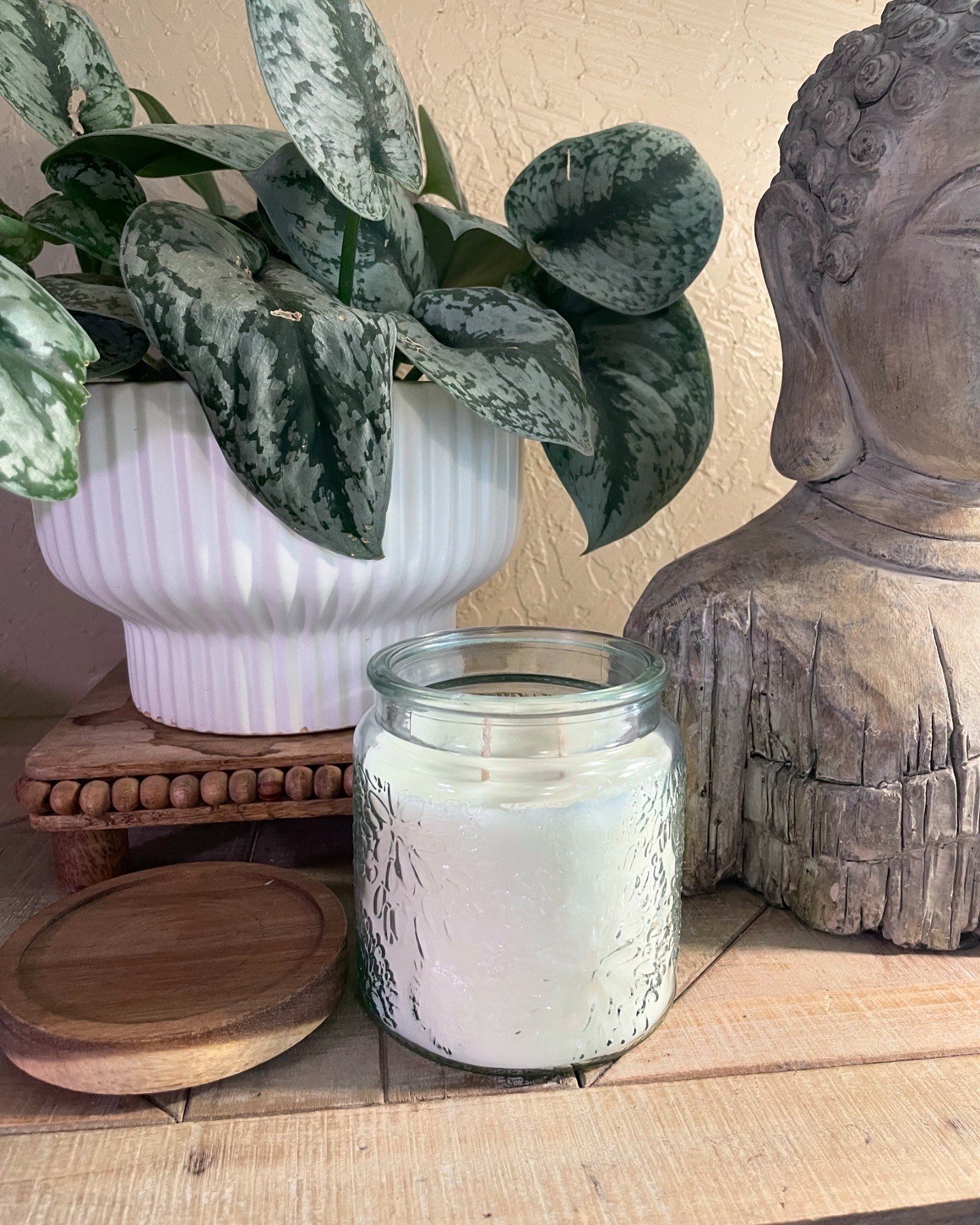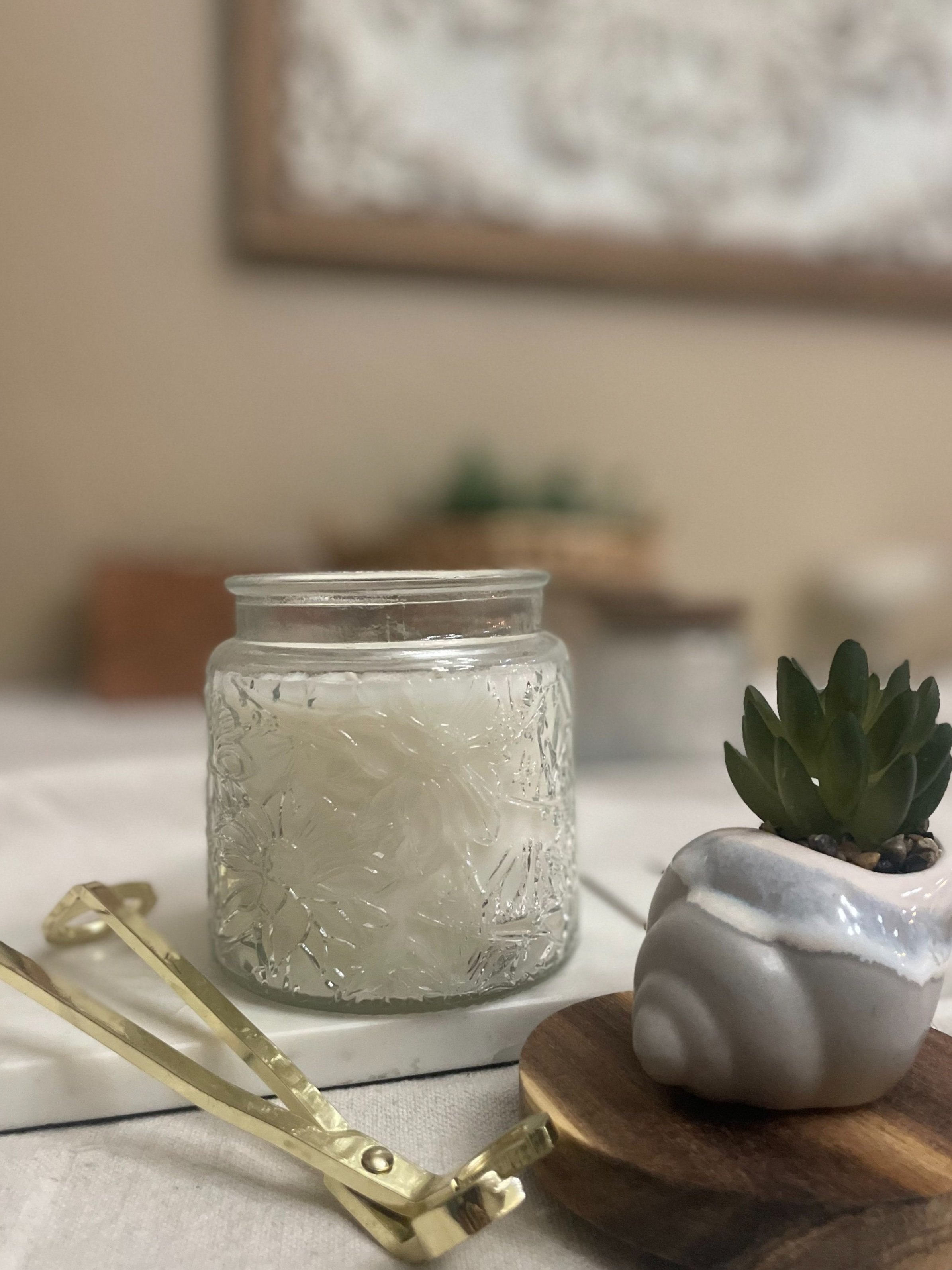Bergamot
Bergamot is a citrus fruit, primarily grown in the Calabria region of southern Italy. It's believed to be a hybrid of a bitter orange and lemon or lime. The fruit is known for its distinctive, aromatic essential oil, which has a unique combination of citrusy, floral, and slightly spicy notes.
Historical Use and Origins:
Bergamot has been used in perfumery for centuries, with its origins in fragrance likely tracing back to the Renaissance period. The essential oil is extracted from the peel of the bergamot fruit through cold pressing, a method that preserves its volatile aromatic compounds.
Bergamot's introduction into perfumery is often credited to Italian and French perfume makers in the 17th century. It became a key ingredient in the creation of "Eau de Cologne," a light, citrusy fragrance that was first made in Cologne, Germany, by an Italian expatriate named Johann Maria Farina in 1709. This blend was highly popular and laid the foundation for many modern colognes and perfumes.
Why Bergamot?
Bergamot's appeal in fragrance comes from its versatility. It has the ability to blend well with both floral and woody notes, acting as a top note that adds brightness and complexity to a fragrance. Additionally, its slightly bitter and fresh scent can balance out sweeter and heavier ingredients, making it a favorite in both men's and women's fragrances.
Aside from its use in perfumery, bergamot is also known for being the key flavoring in Earl Grey tea, where it lends a distinctive aroma and taste to the blend.






